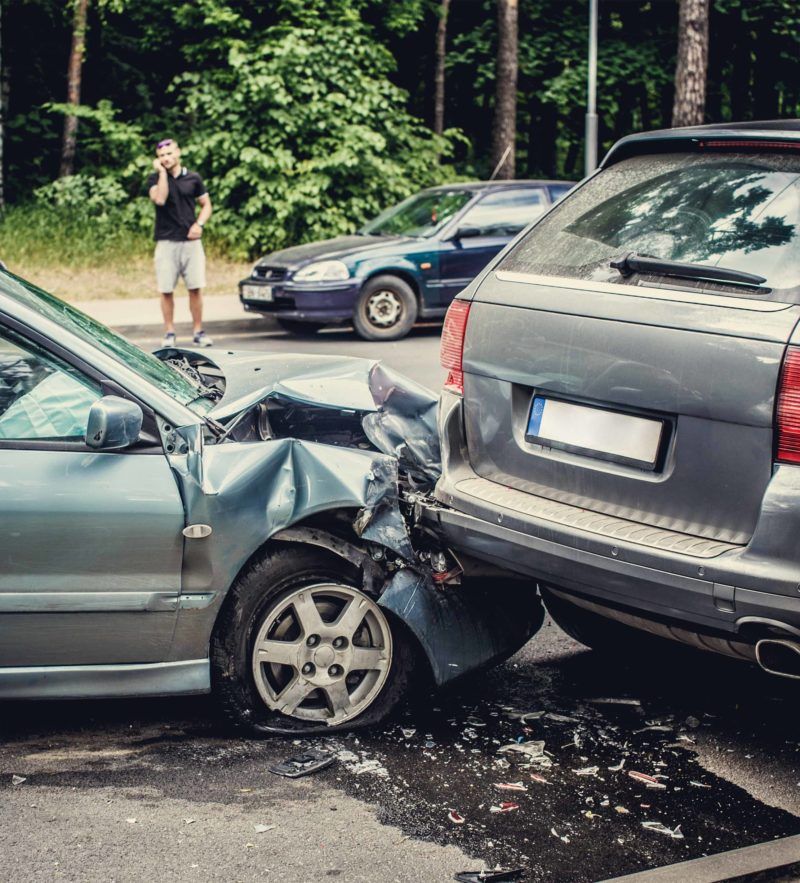
Can You Determine Car Accident Fault by the Location of Damage?
When a car accident happens, those involved usually have different accounts of what happened. It is common for drivers involved in car accidents to try and fault the other party while accepting little to no responsibility for their actions.
Given that California is an at-fault state, knowing the party liable for the car accident plays a vital role in any case. It is the victim’s responsibility to prove who is liable for the accident. Luckily, there are several ways to determine fault for a car accident by the location of the damage.
Seeking legal representation as soon as possible for a car crash is vital to help prove liability and get the compensation you may be entitled to.
Why Is It Important To Determine Car Accident Fault?
The individual who caused the collision will often be responsible for any resulting personal harm or car damage. The at-fault driver’s auto insurance company will often pay this money instead of the driver unless the driver is not insured.
It is also worth noting that passengers who sustain injuries typically qualify for compensation under the no-fault car insurance policy of the driver of the car they were in at the time of the collision. This is not the case in states with no-fault auto insurance. In these states, injured drivers will submit a claim with their respective auto insurance providers, irrespective of who was responsible for the collision.
How Can You Tell Who Hit Who in a Car Accident?
How do you piece together a car accident scene to determine what happened and who’s at fault?
If a vehicle is damaged on the passenger’s or driver’s side of an intersection, for example, you can conclude the direction the colliding car was traveling in. The intensity of the damage can also reveal if the vehicles involved were at high speed or not.
Below are some common indicators of who hit who in a car accident using the location of damage:
Rear-end accidents
If the location of the damage is the rear end of a vehicle, it suggests that the driver of the damaged car is not responsible. There might be some exceptions, such as when a car rear-ends another while blocking it, and there is not enough room to halt. In this case, the rear-ended car may be to blame for the collision. However, the driver following too closely is almost always blamed for a rear-end collision.
T-bone accidents
Also referred to as broadside or side-impact collisions, T-bone accidents occur when two vehicles collide and one hits the other on the side. One vehicle could have violated a stop sign or red light before hitting the other. It is possible to assume that the driver who violated the signage or light is primarily (if not entirely) to blame for a T-bone collision.
Who Determines Car Accident Fault?
In most cases, the car insurance provider, through the claims adjuster, will take the lead in determining the party responsible for the automobile accident. They will interview all the parties involved, take witness statements, police reports, and photographs of the scene of the collision, as well as review any available video footage. However, if the car accident case goes to trial, it will be the responsibility of the judge or jury to weigh the evidence provided to determine who is responsible for the collision.
One of the most helpful ways that claim adjusters use to determine car accident fault is by evaluating the location of damage in a collision. Sometimes the damage itself conveys the whole story.
Our vehicle accident lawyers in LA Century Law are experienced at making similar connections and disputing fault when necessary from contributing factors to an accident.
However, in other situations, it is more difficult to assess the vehicle damage and get a clear-cut explanation of what happened and who is responsible. In such scenarios, locating the damage made to the car can assist you in eliminating potential explanations for the collision.
Is Location of Damage in a Car Accident Enough to Prove Car Accident Fault?
Even if you connect the dots using the location of damage in a car accident, it is sometimes not enough to determine car accident fault in some cases.
For instance, what if a car that was rear-ended stopped suddenly without apparent cause or warning?
This is why it is not enough to determine fault by looking at the location of the damage. Rather, a claims adjuster, police officer, or parties involved would like to evaluate the accident scene entirely before anything is altered.
This supporting evidence could include:
- Taking photographs or videos of the scene of the car accident as well as accident debris
- Observing skid marks and other vehicles involved
- Recording witness statements
- Getting cell phone records
- Proof of other conditions on the road, including the weather and other vehicles parked along the road, if available
Consult LA Century Law’s Experienced Car Accident Attorneys
Determining car accident fault requires gathering adequate evidence, which can be tasking. Although a claims adjuster or opposing counsel can help in this process, it is vital to consult an experienced California auto accident attorney to represent and fight for your rights.
Our team at LA Century Law is ready to help you prove fault in your car accident and work towards attaining a fair outcome. We know what to look for and how to analyze evidence at the accident scene to help you know who is at fault.
Contact us today and schedule a free consultation.
Car Accident Fault FAQs
Who is responsible for proving fault in a California car accident?
The injured party is responsible for proving fault in a car accident during a claim. Police officers and claims adjusters can also help.
How do you determine fault in a California auto accident?
Determining fault in a car accident involves evaluating all evidence gathered from the scene of the accident. This includes the location of damage to the vehicles involved, witness statements, videos or photographs, and other related records.
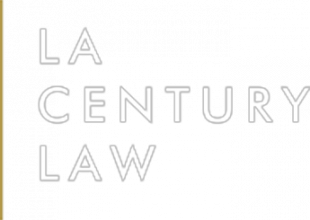
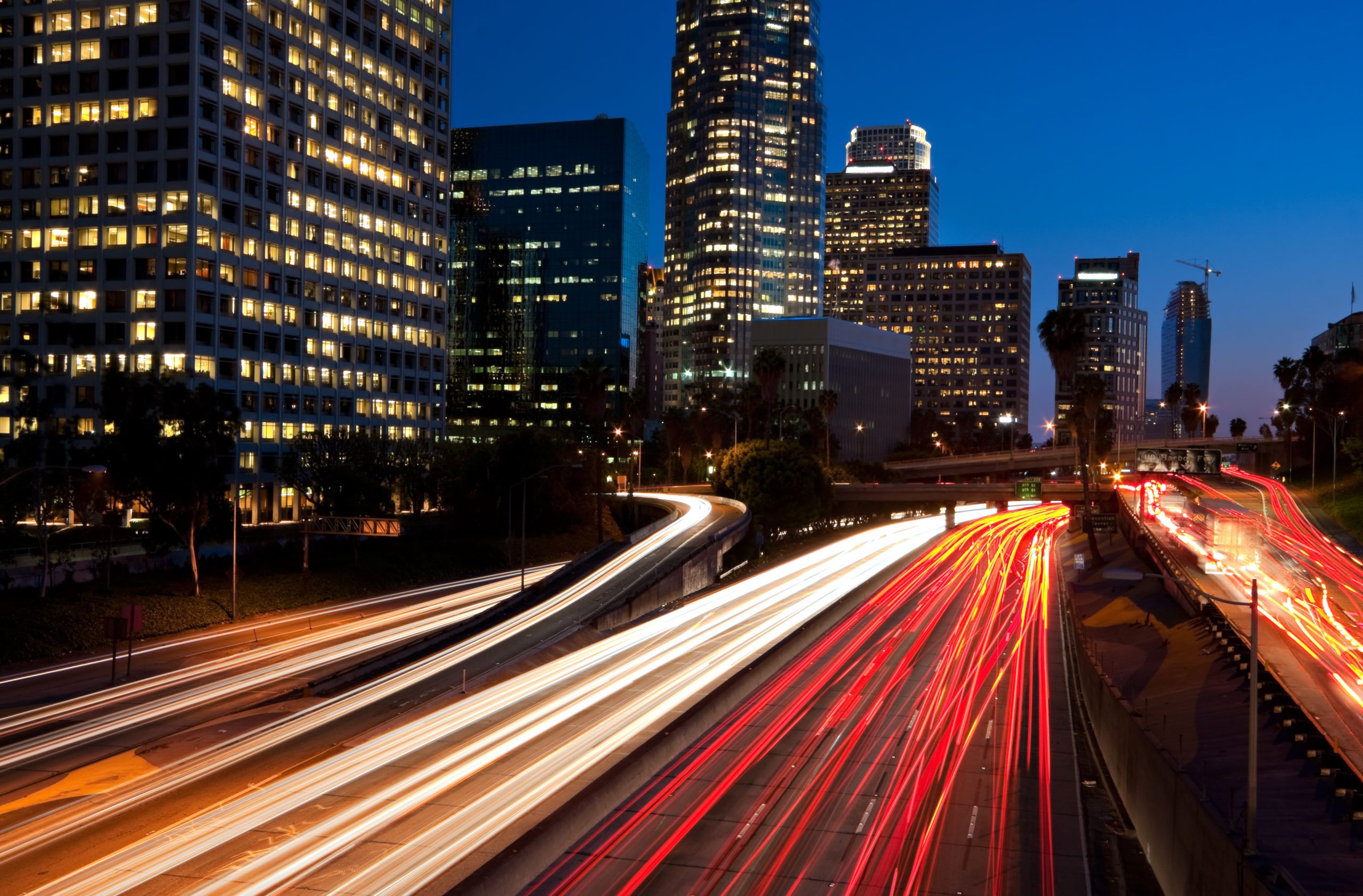
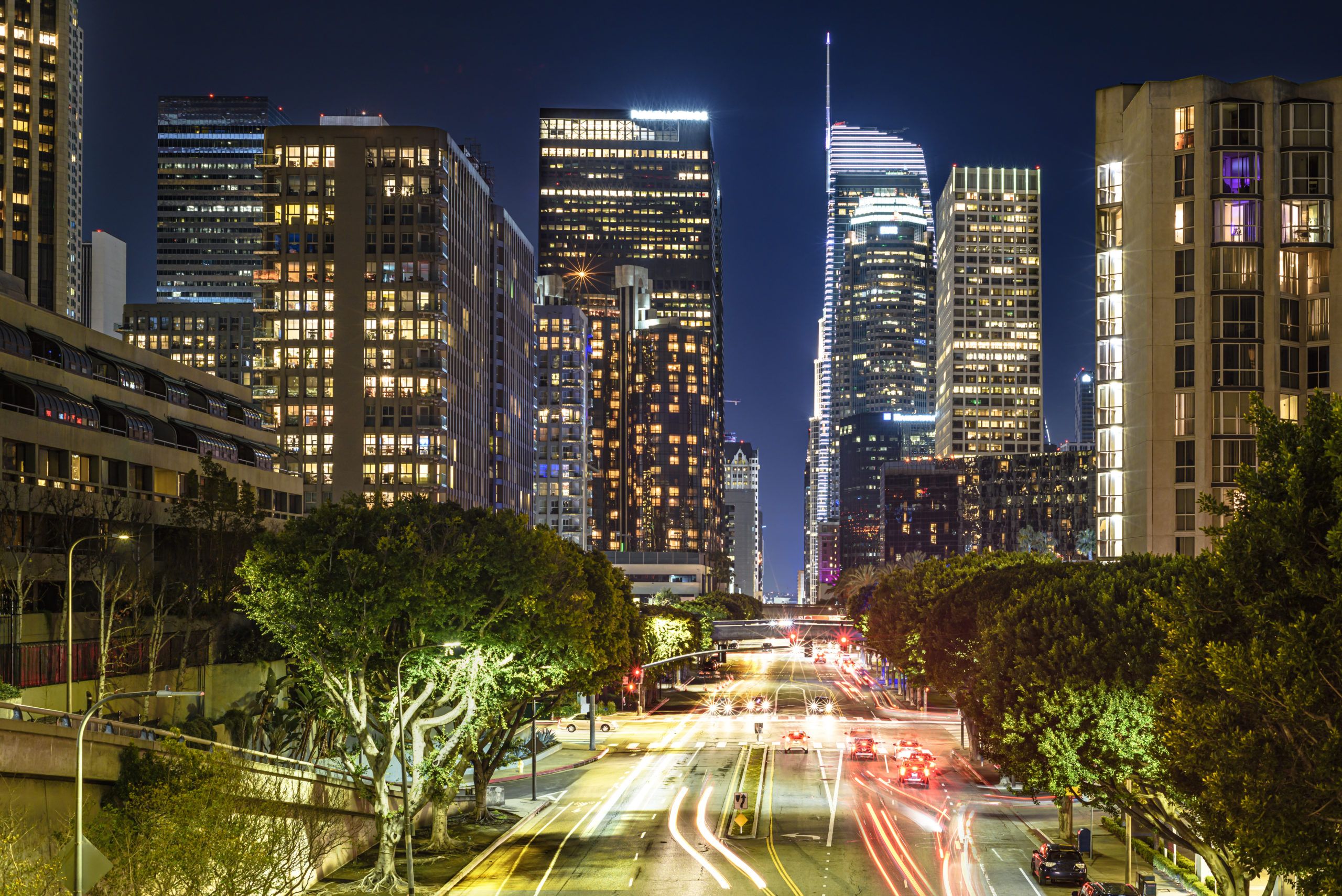

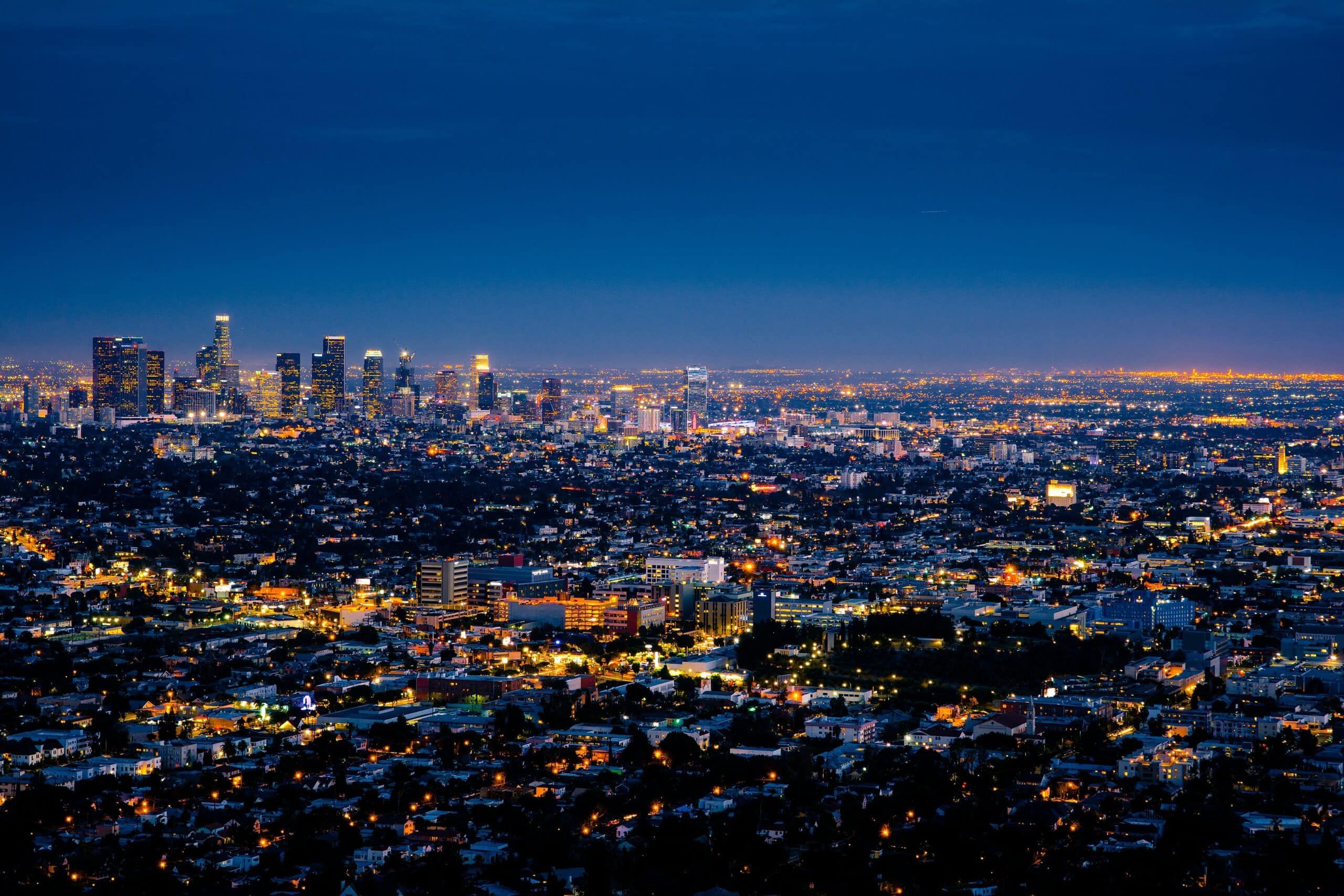
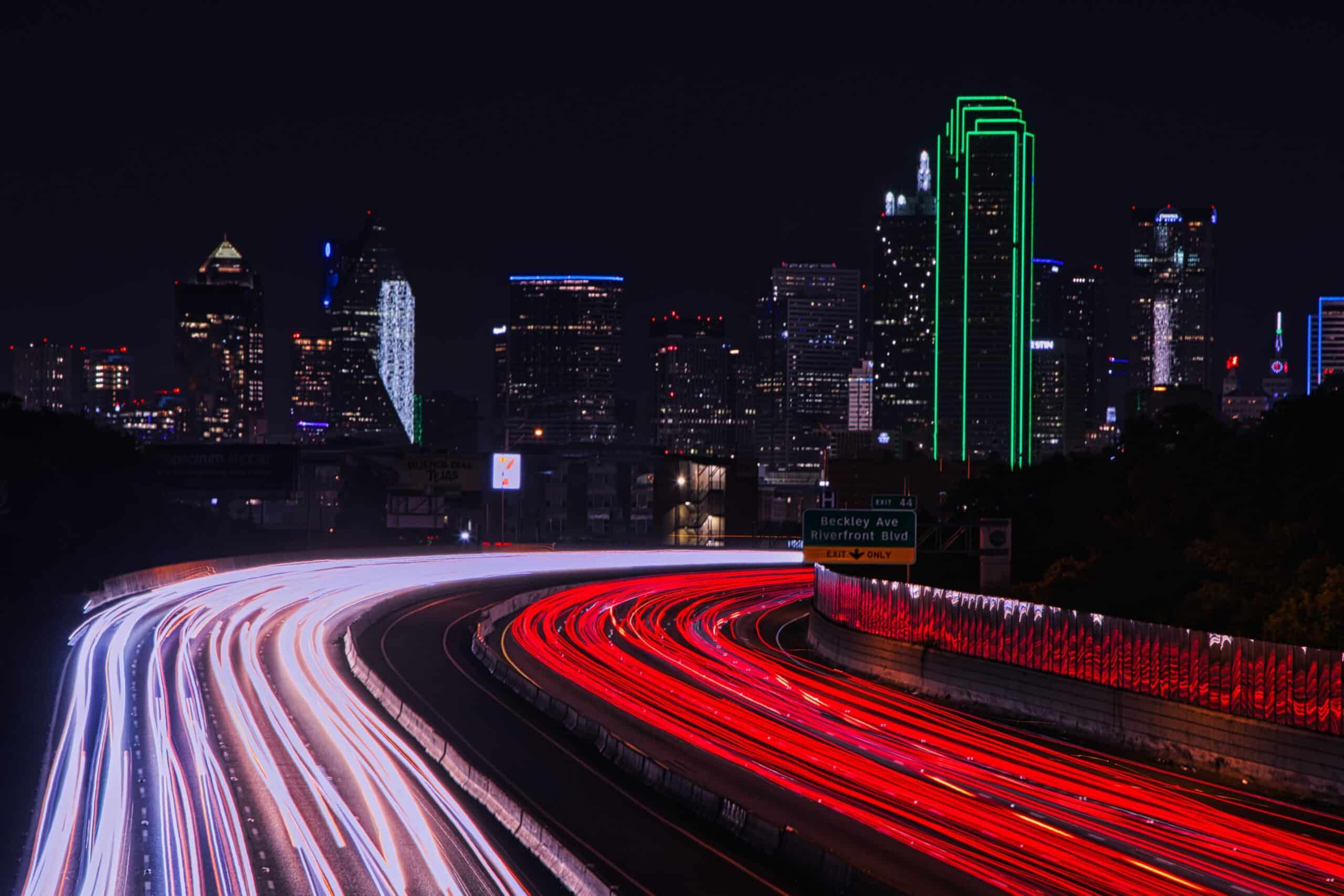
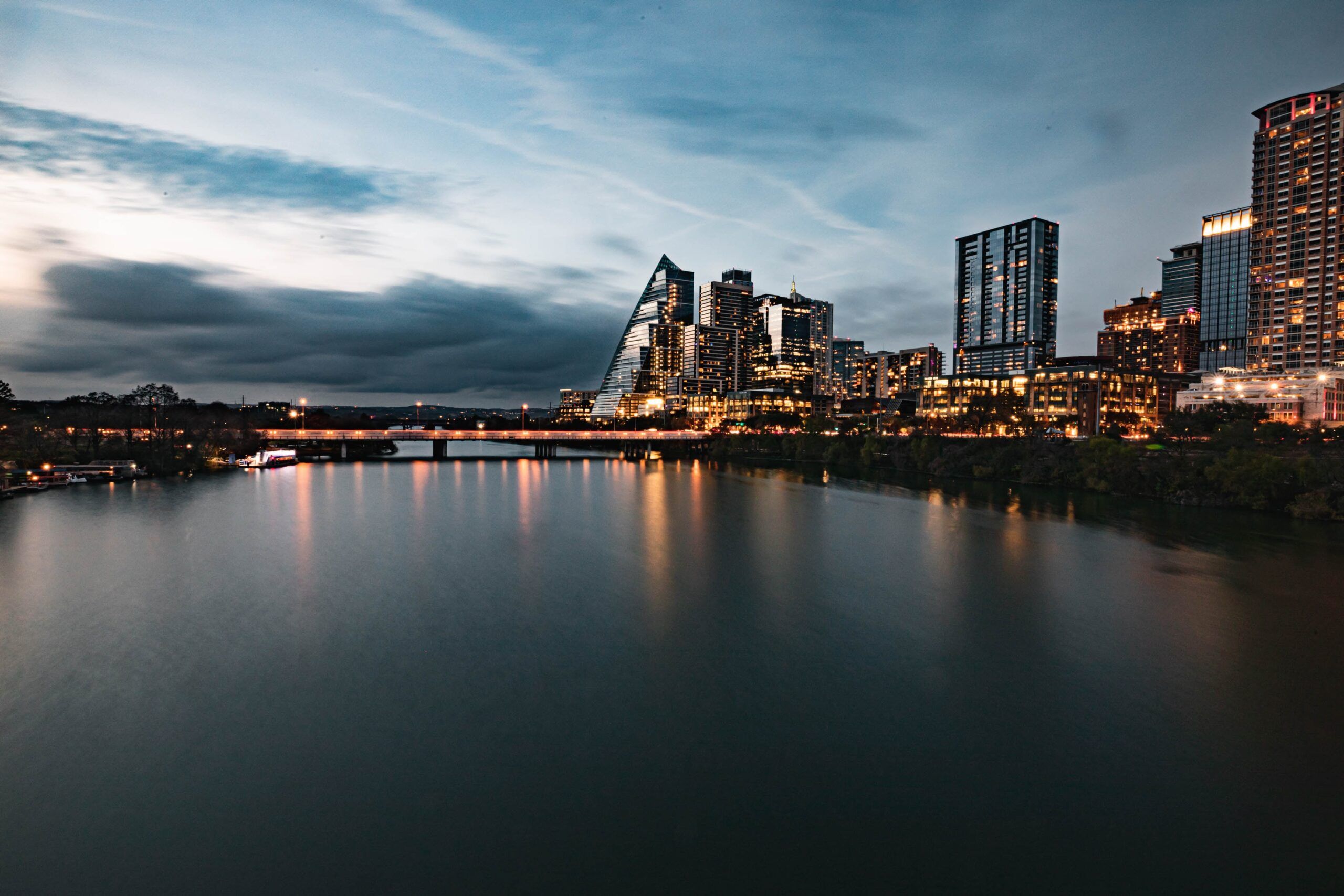
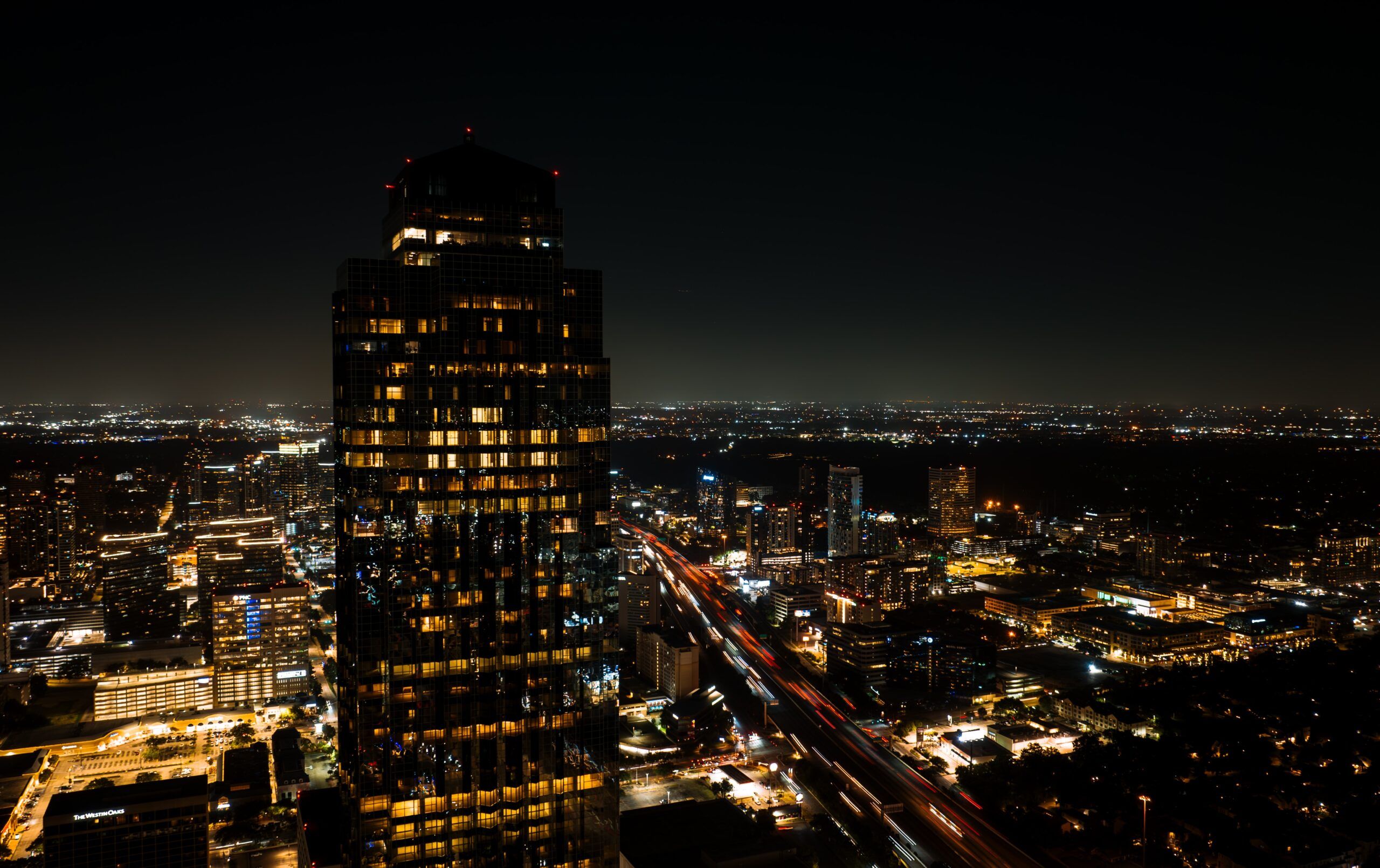
 Available 24/7
Available 24/7